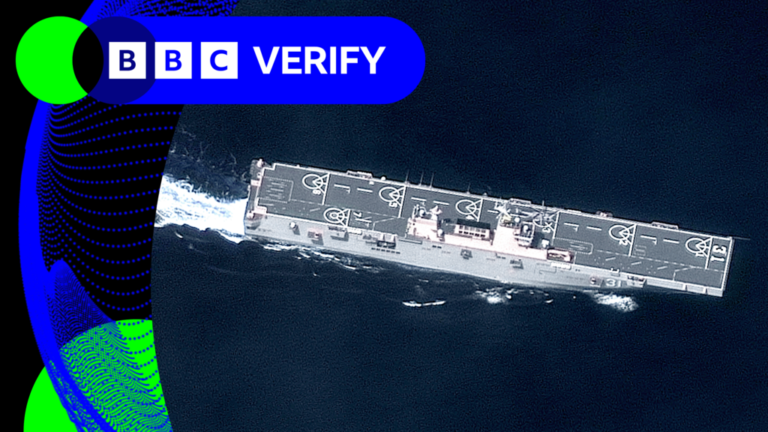
The United States deployed two defense systems to Japan for the first time as part of the combined exercise Resolute Dragon 25 with the Japan Self-Defense Forces (JSDF).
The U.S. Army 3rd Multi-Domain Task Force positioned the ground-launched Typhon system at Marine Corps Air Station Iwakuni, about 40 kilometers southeast of Hiroshima. The U.S. 3rd Marine Division delivered a Navy-Marine Expeditionary Ship Interdiction System (NMESIS) at Naha Military Port in Okinawa.
The forward-positioning of the Typhon is part of a U.S. drive to amass an arsenal of anti-ship weapons in the Indo- Pacific. The launchers can fire multipurpose missiles, including Tomahawk and SM-6, up to thousands of kilometers. The U.S. Army first fired the Typhon in the Western Pacific in July 2025, striking an at-sea target from Bradshaw Training Area in Australia during exercise Talisman Sabre, according to the Stars and Stripes newspaper.
“Typhon provides a complementary capability to existing U.S. and Japanese systems and underscores our commitment to innovation, modernization and the U.S.-Japan Alliance,” U.S. Army Col. Isaac Taylor told the newspaper. “This exercise highlights the importance of interoperability and our shared dedication to peace, security, and a Free and Open Indo-Pacific.”
NMESIS is a ground-based, rapidly deployable anti-ship missile system used in sea denial and littoral protection. The system was delivered to the U.S. Marine Corps in November 2024 and deployed to the Philippines in April 2025 to support Exercise Balikatan.
“These training opportunities with the NMESIS validated the effectiveness of our collaborative defensive architecture,” U.S. Marine Corps Capt. Kurt James, the 12th Medium-Range Missile Battery commander, said in a news release. “We refined our ability to coordinate responses to potential threats, reinforcing our commitment to regional security.”
More than 5,000 U.S. service members joined 14,000 Japanese troops for the two-week Resolute Dragon, which began in mid-September 2025. The JSDF and U.S. III Marine Expeditionary Force (MEF) integrated command and control functions through a classified command post, followed by field training at locations across Japan, including the Ryukyu Islands.
“The Resolute Dragon exercises underscore our ironclad commitment to defend the interests of the United States and those of our Allies and Partners,” said U.S. Marine Corps Lt. Gen. Roger Turner, III MEF commanding general. “By training alongside the [Japanese] Western Army in realistic, combat-focused scenarios, we sharpen the warfighting edge of our forces and present a clear, credible deterrent to any adversary who would threaten peace and security in the Indo-Pacific.”
The fifth iteration of the annual bilateral exercise takes place as Japan boosts its defense capabilities to counter rising regional tensions.
Japan’s Defense Ministry announced in August 2025 that it will deploy upgraded Type 12 surface-to-ship missiles a year earlier than planned, according to The Associated Press. The missiles will be installed at Camp Kengun in Japan’s southwestern prefecture of Kumamoto by March 2026. The new Type 12 will have a range of about 1,000 kilometers compared with the current version’s 200 kilometers.
Tokyo also has said it will increase defense spending to 2% of gross domestic product by 2027 in response to increased threats from China, North Korea and Russia.
“Japan faces national security circumstances which are the most serious and complicated since the end of World War II,” Japanese Defense Minister Gen Nakatani told The Japan News newspaper. “It is an urgent task to fundamentally strengthen defense capabilities.”
Sentry is a professional military magazine published by U.S. Strategic Command to provide a forum for national security personnel.





